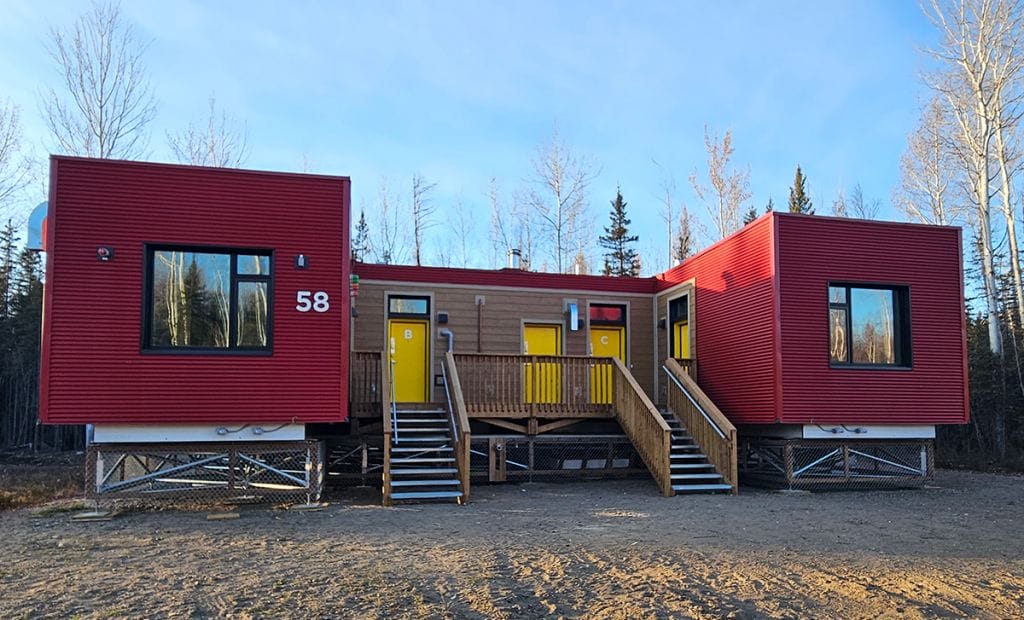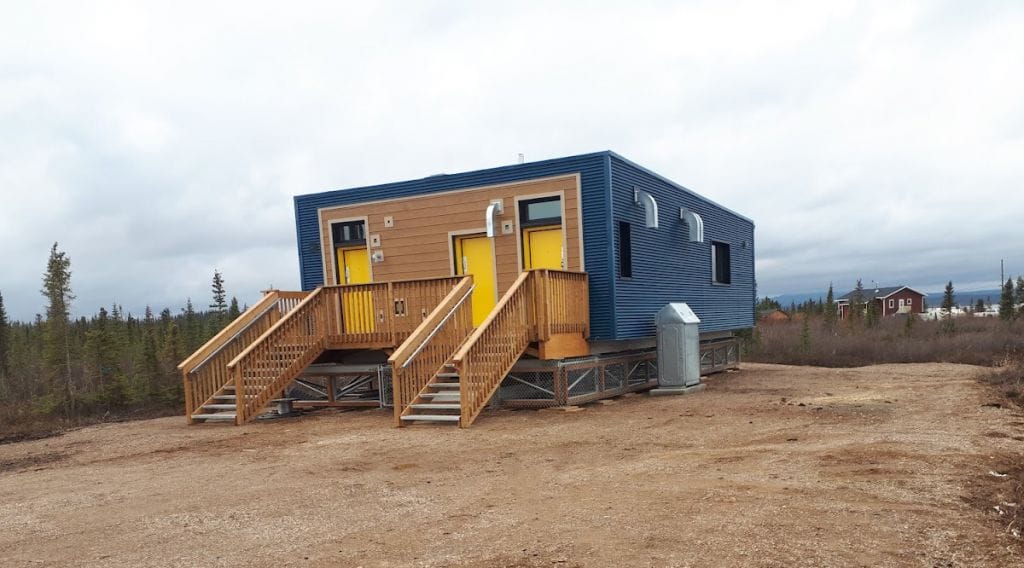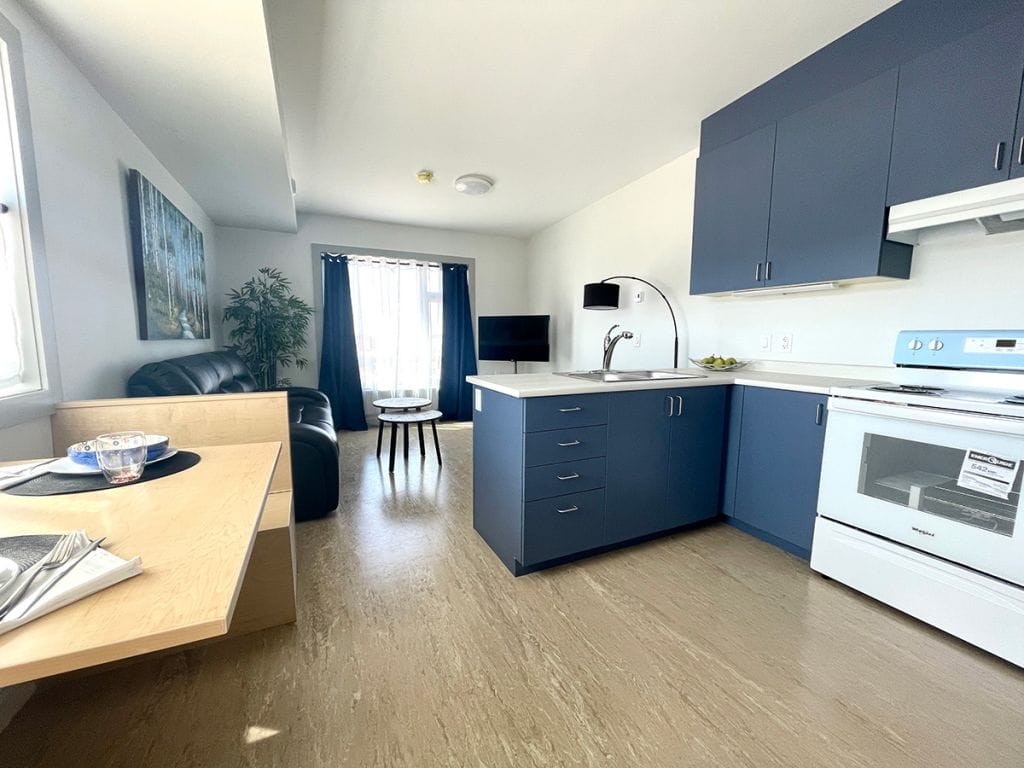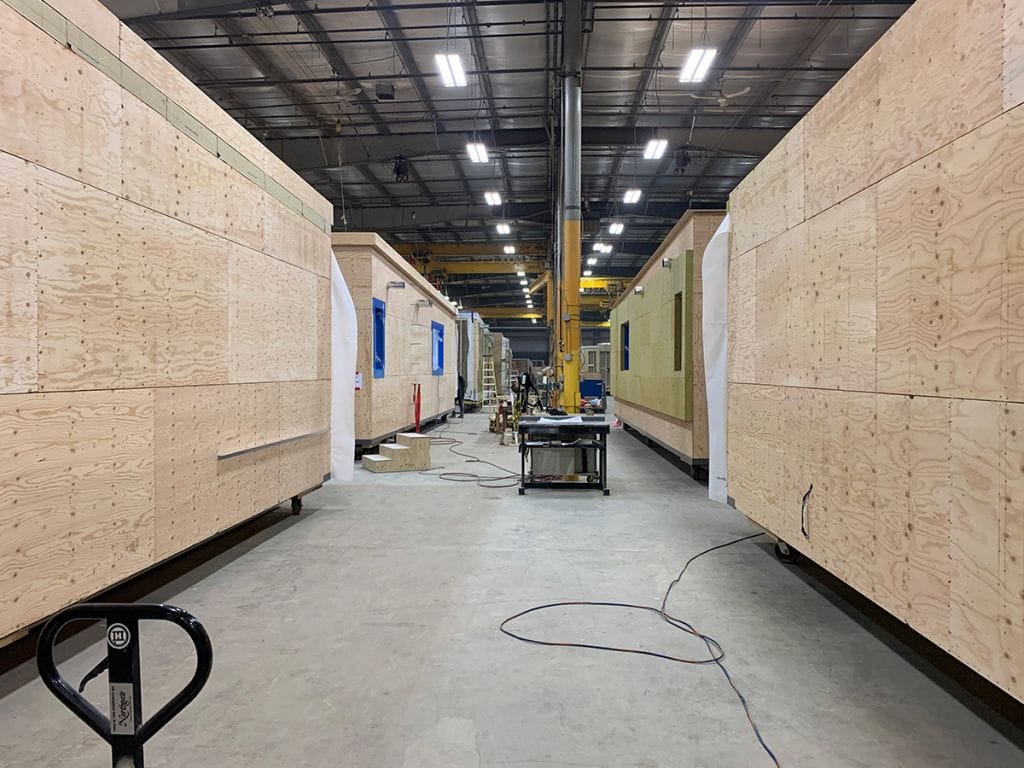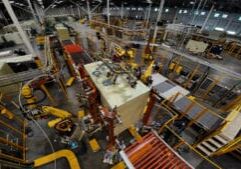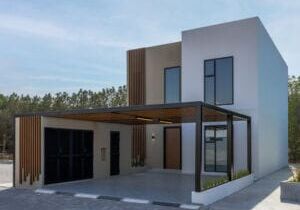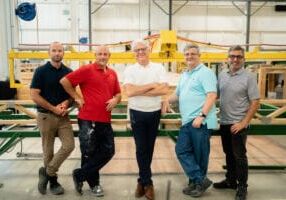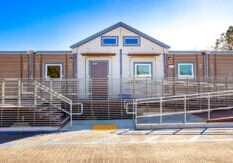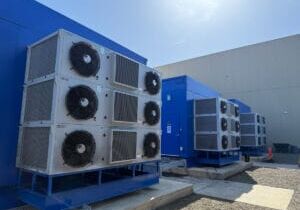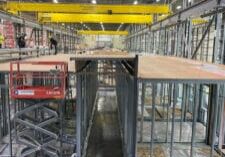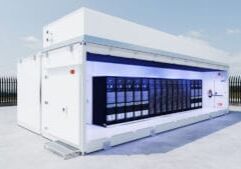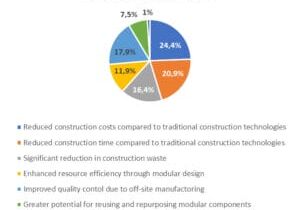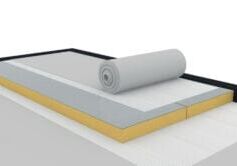Building Green, Living Clean
How Modular Construction Paves the Way for Zero-Waste and Eco-Efficiency

Ali Salman is the Director of Sales and Marketing for Northgate Industries
This Northern project consisted of 54 modular units making up duplexes and fourplexes with a combination of studio suites and one-bedroom suites. These units were 665 sq ft and 446 sq ft. Triodetic foundations with chain link skirting were used because of permafrost. These units were placed in 13 First Nations communities in the Northwest Territories. They were built to withstand the harshest climates, with temperatures reach down to -65 Fahrenheit, often for weeks at a time.
Modular construction, an innovative building method where structures are prefabricated off-site and then assembled on-site, is making significant strides in sustainable building practices. The method is increasingly recognized for its potential in achieving zero waste and superior environmental efficiency compared to traditional on-site construction. This article delves into the mechanisms through which modular construction achieves these environmental milestones, backed by statistics and research references.
Zero Waste through Precision and Recycling
Modular construction significantly reduces waste generation due to its precision and the controlled environment in which the modules are constructed. According to a report by Waste & Resources Action Program (WRAP), modular construction can reduce waste materials like timber, cardboard, plastics, and concrete by up to 90% compared to traditional construction methods. The precision of factory settings minimizes off-cuts and excess usage of materials. Additionally, any waste generated can be more efficiently sorted and recycled in a factory setting, unlike on a construction site where waste segregation and recycling can be more challenging.
Reduced Material Usage
The manufacturing process for modular buildings allows for more accurate material estimates, reducing over-ordering and excess use. This careful management of resources contributes to a reduction in the environmental impact associated with material extraction and processing. The Modular Building Institute reported that this process results in a material savings of up to 20%.
Lower Energy Consumption
Modular construction sites typically have a smaller carbon footprint. The bulk of construction activity takes place in a factory, which usually has better energy management systems than a traditional construction site. A study from the Journal of Building Engineering indicated that modular construction could lead to an average reduction in energy consumption of about 67% during the building phase. Moreover, transporting fully constructed modules to a site often requires fewer trips compared to the transportation of raw materials for on-site building, leading to reduced emissions from transportation.
Enhanced Building Efficiency
Modular buildings are often more energy-efficient than traditional buildings. The controlled environment of a factory allows for better insulation and airtightness, leading to reduced energy consumption in heating and cooling. Furthermore, research suggests that modular buildings can be up to 15% more energy-efficient than conventional buildings.
Sustainability in Material Choices
Modular construction provides an opportunity to use sustainable and recycled materials. The controlled environment of a factory allows for more experimentation and utilization of eco-friendly materials that might not be feasible in traditional construction settings.
Reduced Site Disturbance
Since most of the construction is done off-site, modular construction significantly reduces the environmental impact on the construction site. This approach leads to less soil erosion, less damage to the local ecosystem, and a reduction in the site’s carbon footprint.
Challenges and Future Directions
Despite its advantages, modular construction faces challenges such as transportation logistics, the need for standardization in design for more effective recycling, and perception issues in the market. However, with technological advancements and increasing awareness of environmental issues, modular construction is poised to play a crucial role in sustainable building practices.
In conclusion, modular construction presents a promising path towards zero waste and enhanced environmental efficiency in the building industry. By leveraging precision manufacturing, reduced material usage, and improved energy efficiency, this method aligns with the growing global emphasis on sustainability and environmental responsibility. As the industry evolves, modular construction is likely to become a standard bearer for eco-friendly building practices.
More from Modular Advantage
Resia: Breaking All the Rules
Resia Manufacturing, a division of U.S.-based Resia, is now offering prefabricated bathroom and kitchen components to industry partners. Its hybrid fabrication facility produces more precise bathroom and kitchen components (modules) faster and at lower cost than traditional construction. Here’s how Resia Manufacturing does it.
How LINQ Modular Innovates to Bring Modular To The Market in the UAE and Beyond
LINQ Modular, with an office and three manufacturing facilities in Dubai, is a modular firm based in United Arab Emirates. The company is on a mission: to break open the housing and construction markets in the Gulf Cooperation Council (GCC) area with modular.
ModMax: Redefining Modular Construction with Confidence and Precision
ModMax was born out of frustration—frustration with five persistent pain points in modular construction: Permitting bottlenecks. Production delays. Rigid designs. Disconnect between “the office” and the field. Lack of transparency and communication.
LifeArk: Disaster-Resilient Housing from Recycled Plastic and 100-year-old Technology
Wee compares LifeArk’s housing units to Yeti coolers, as they are built similarly. Each component takes 15 to 20 minutes to manufacture, has an R-value of 40, and includes molded slots and chases for wiring, plumbing, fire sprinklers, and other utilities.
Building the Future of Modular Edge Infrastructure
The edge data center market is expanding rapidly, driven by the surge in AI workloads, IoT adoption, and the need for localized compute power. In these environments, sustainability, scalability, and reliability are non-negotiable. Cooling is among the most complex challenges for operators—and one of the most decisive factors in long-term success.
Accelerating Light-Gauge Steel Construction: A Semi-Automated Digital Workflow for Off-Site Projects
For construction professionals, the message is clear. By adopting semi-automation and digitalization, companies can deliver projects faster, more accurately, and more profitably, while also building stronger collaboration across teams. The approach is not about replacing people with machines, but about empowering people with better tools and processes.
Why Modular Data Centers Are Gaining Momentum
Artificial intelligence, high-performance computing, and edge applications push the limits of traditional “stick-built” data centers. They take years build, often struggle with high density workloads, and aren’t optimized for deployments near end users. Modular data center platforms are purpose-built to address these challenges, offering flexibility and scalability to adapt to evolving technologies, while opening new opportunities for the modular construction industry.
Supply Chain Innovation in Action: 5 Habits Every Modular Leader Should Practice
By applying these principles to supply chain practices — collaborative planning, strategic procurement, scenario modeling, digital tools, and transparent forecasting — construction leaders can build value chains that are not just efficient and agile, but truly innovative.
Exploring the Role of Modular Integrated Construction (MiC) in Advancing Circular City Principles – A Survey of Stakeholder Perspectives
The survey findings highlight the significant potential of Modular integrated Construction (MiC) in advancing the development of circular cities. By reducing costs, accelerating construction timelines, and minimizing waste generation, MiC offers a promising approach to sustainable urban development.
The Use of MS POLYMER™-Based Sealants and Adhesives in Modular Building
These products combine flexibility and elastic recovery with excellent adhesion to different substrates and have already shown their usefulness in traditional construction. Now it’s time for them to be put to use in the modular construction industry.

